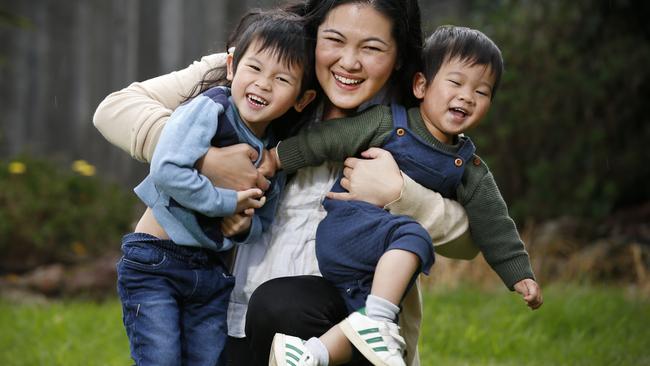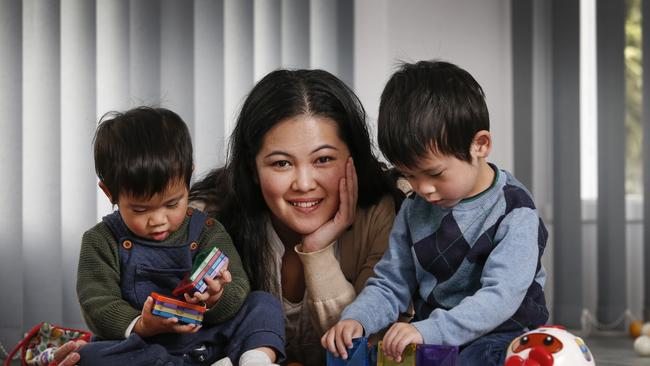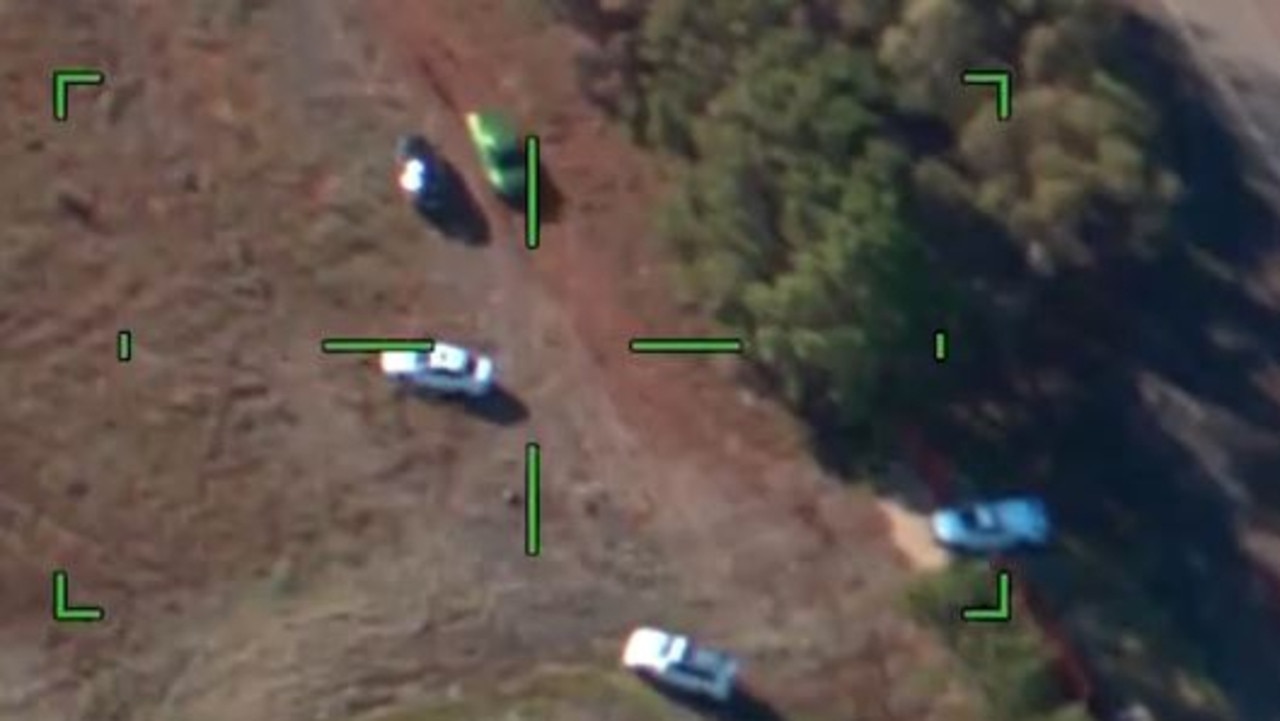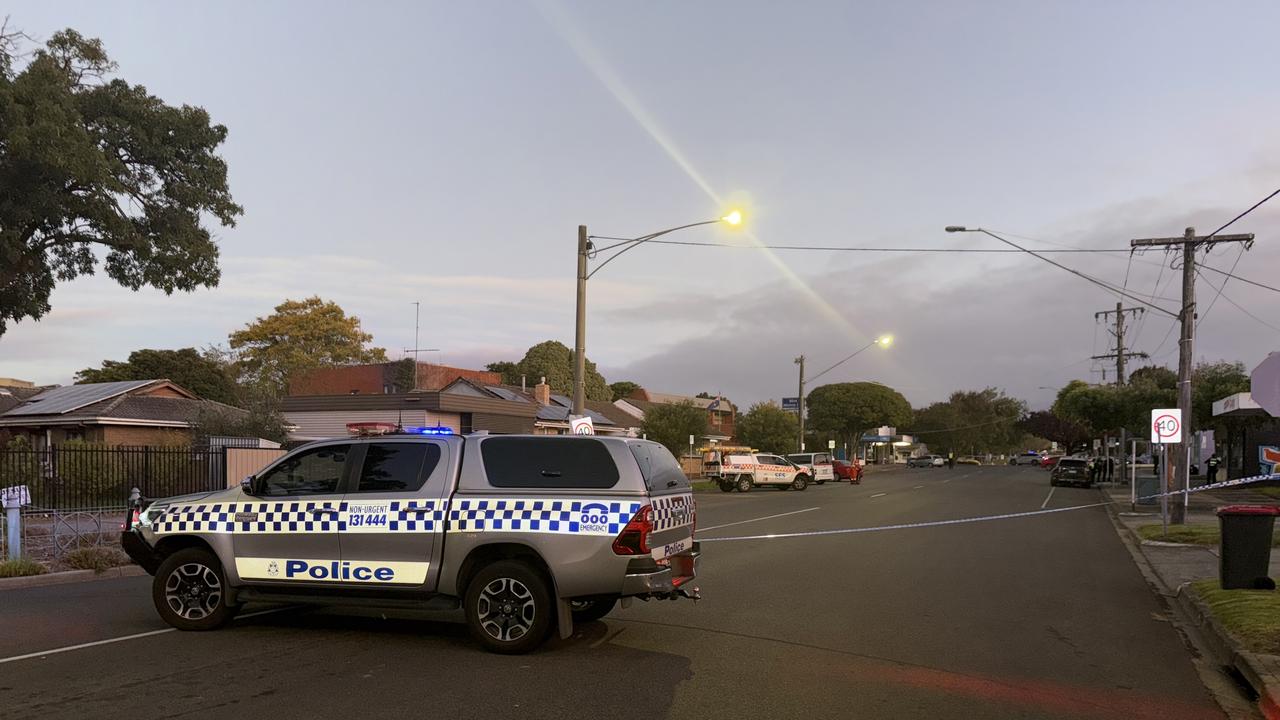IVF patients slugged for add-on treatments that may not work
Techniques pushed to desperate IVF patients may be harming their chances of having a healthy pregnancy.

Victoria
Don't miss out on the headlines from Victoria. Followed categories will be added to My News.
Four out of five IVF patients are paying thousands of dollars for untested add-on treatments, with little or no proof they will increase their chances of having a baby.
Some of the techniques pushed to desperate patients may even harm their chances of a healthy pregnancy, a study backed by Victoria’s fertility watchdog has found.
But despite an overwhelming lack of evidence supporting add-ons — including the genetic testing of embryos, acupuncture, time-lapse imaging and even scratching a woman’s uterus — Melbourne researchers have found 82 per cent of IVF clients pay for the services.
The findings come after the Herald Sun last year revealed Monash IVF had to suspend its non-invasive genetic screening test when it emerged false results may have led to healthy embryos being destroyed, robbing couples of their chance to have children.

After leading the first major examination into the extent of questionable procedures offered in Australia’s lucrative fertility sector, Sarah Lensen of the University of Melbourne said there was a mismatch between women’s perceptions of add-ons and the reality.
Although more than 13,000 Victorians seek help from IVF clinics each year, Dr Lensen said women were not adequately informed of the risks and benefits of IVF add-ons, or about the lack of evidence supporting their use.
“Most of these add-ons seem to bypass the need for regulatory approval,” she said.
“A lot of these add-ons have been conjured up.
“We know some of them are not supported by evidence — for some of them there is not even a single randomised trial that has been performed.
“The IVF population is considered to be quite vulnerable. There is a lot of desperation out there and a lot of hopes riding on every embryo transfer.
“Some would view the fact these add-ons exist and are marketed and sold by the clinics as being potentially exploiting that vulnerable population.
“But, if you talk to these women, a lot of them say they are driving this, that they really want to try something extra ... that ‘I understand there is no evidence and I am happy to take the risk ... I need to feel I have left no stone unturned’.”

Victoria’s independent Review of Assisted Reproductive Treatment raised concerns about the lack of information for patients regarding adjuvant treatments in 2019, but there has been no move to strengthen regulations for their use.
Results of a study published in the journal Human Reproduction reveal that of 1590 Australian women surveyed after undergoing IVF in the past four years most had used one or more add-on services.
The survey — undertaken by the University of Melbourne, Queensland University of Technology, the University of Manchester, Monash University and the Victorian Assisted Reproductive Treatment Authority (VARTA) — found 54 per cent used add-ons after a suggestion from their clinician.
WORKED FOR ME BUT MAY NOT FOR YOU
After 11 failed IVF transfers, Diane Kwok was desperate for anything to tip the balance in her favour of having a child.
As a pharmacist, Ms Kwok was trained to look at what various treatments could and couldn’t do.
But, like most Australian IVF patients, a determination to leave nothing to chance saw her embrace a host of add-ons in consultation with her specialist.
After trying acupuncture, Chinese medicine and endometrial scratches, Ms Kwok had a cocktail of clexane, Aspirin and Prednisolone — a steroid — before her 12th transfer.
Now, with her sons Isaac, 3, and Tobias, 1, by her side, she is glad she did.
“I feel it worked for me. I may have a bias — I was on the clexane, Aspirin and Prednisolone with both my lucky cycles,” Ms Kwok said.
“It’s heartbreaking to go through cycle after cycle of negative tests. Part of you wants to do anything you can to improve your chances.”
While she recognises a need to improve the evidence base supporting fertility add-ons, Ms Kwok also feels it’s vital for women to discuss options with specialists and appreciate so much is still unknown about fertility.
VARTA will stage a free webinar for consumers about IVF add-ons on July 14 from 6pm-7pm.




